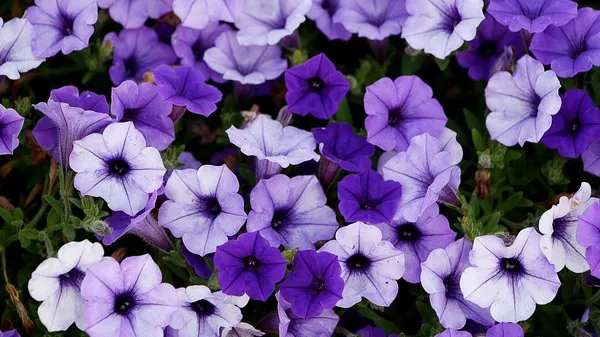Flowers, renowned for their captivating beauty, have forever held a place in our cultural imagination as potent symbols capable of invoking a myriad of emotions and concepts, including beauty, sensuality, innocence, seduction, and even mortality. Maison Guerlain, nestled on the prestigious Avenue des Champs Élysées, serves as the perfect backdrop for an art exhibition that delves into the intricate and subversive meanings that flowers can carry. Titled “Les Fleurs du Mal,” the exhibition draws inspiration from Charles Baudelaire’s celebrated book of poetry and embarks on an intoxicating exploration of the interplay between nature and artistic creation.
As the flagship store of one of Paris’s oldest and most distinguished perfume houses, Maison Guerlain naturally infuses a sensory dimension into this exhibition through its floral fragrances. The exhibition features artworks by 26 international artists, with a dozen of them specially commissioned for this event. The roster includes renowned artists like Robert Mapplethorpe, Nobuyoshi Araki, Alvaro Barrington, and Anselm Kiefer, alongside emerging talents like Mykola Tolmachev, Thandiwe Muriu, and Lise Stoufflet.
While artists like Araki and Mapplethorpe are celebrated for their abstract and erotic flower photographs, capturing the mesmerizing allure of stamens, pollen, and the lush folds of petals, Roni Landa takes the connection between flowers and the human body to an even more provocative level. Landa’s anthropomorphic sculptures, crafted from a flesh-like polymer clay, feature petals in an unmistakably suggestive configuration, hinting at a hidden, moist interior. The centerpiece of Landa’s “Flora Erecta” is a smooth protuberance exuding a single pearl of liquid.
Mimosa Echard explores the tactile qualities of the natural world in “Bisoufleur,” a photograph where an open mouth meets an orchid, leaving the viewer to ponder whether the intention is to lick the flower or consume it whole. Layers of latex and glue create a textured, dripping surface, inviting contemplation on desire and consumption, while also challenging the sensuality and commodification of nature.
Painter Alina Bliumis delves into the well-established association between flowers and the female body, addressing concepts of autonomy and subjugation. Her “Plant Parenthood” series responds to the drastic changes in US abortion legislation, condemning the control and restrictions imposed on women.
In a surreal and disconcerting painting titled “Fleurs,” Oda Jaune presents a grotesque bouquet that, at first glance, resembles flowers but, upon closer inspection, takes on an artful, Francis Bacon-esque appearance of offal and organs. Yan Pei-Ming’s “Les Roses bleues du mal” offers a garland of what might be roses encircling a receding skull, rendered in rich, impasto oil paints of blue.
Returning to more tranquil waters, Jean-Philippe Delhomme’s “Roses et Matisse, ‘Les fleurs du mal'” depicts a serene still life, juxtaposing a vase of roses and an open book on a white-clothed table. Part of his “Flowers for Books” series, Delhomme prompts reflection on the passage of time and the ephemeral nature of beauty. The exhibition’s accompanying text raises a thought-provoking question: “Might flowers, which are short-lived, be like an offering made to books, symbols of enduring knowledge? Or is it a declaration of the superiority of flowers in full bloom over the unchanging nature of books? Flowers wilt and books remain.”


